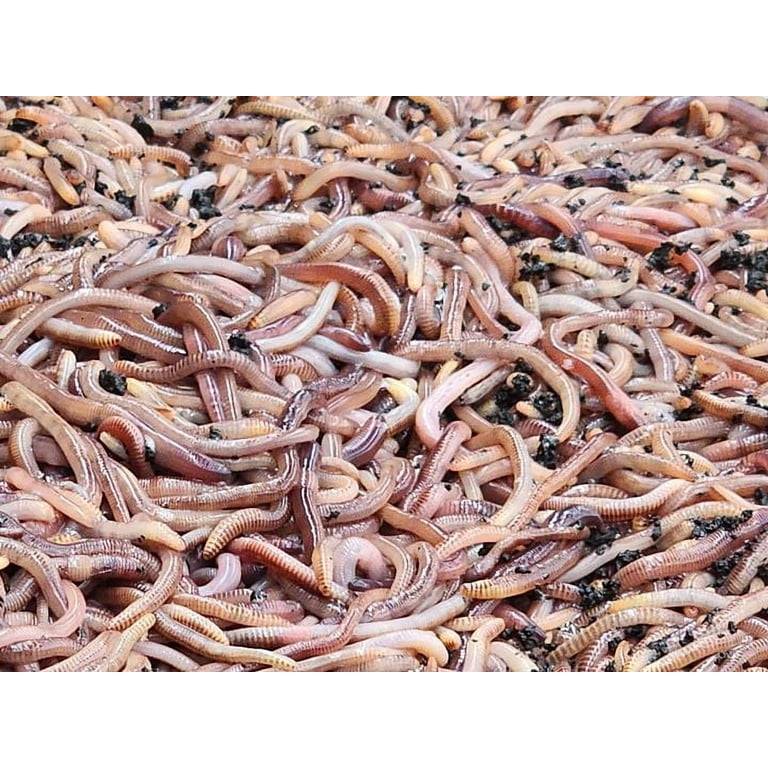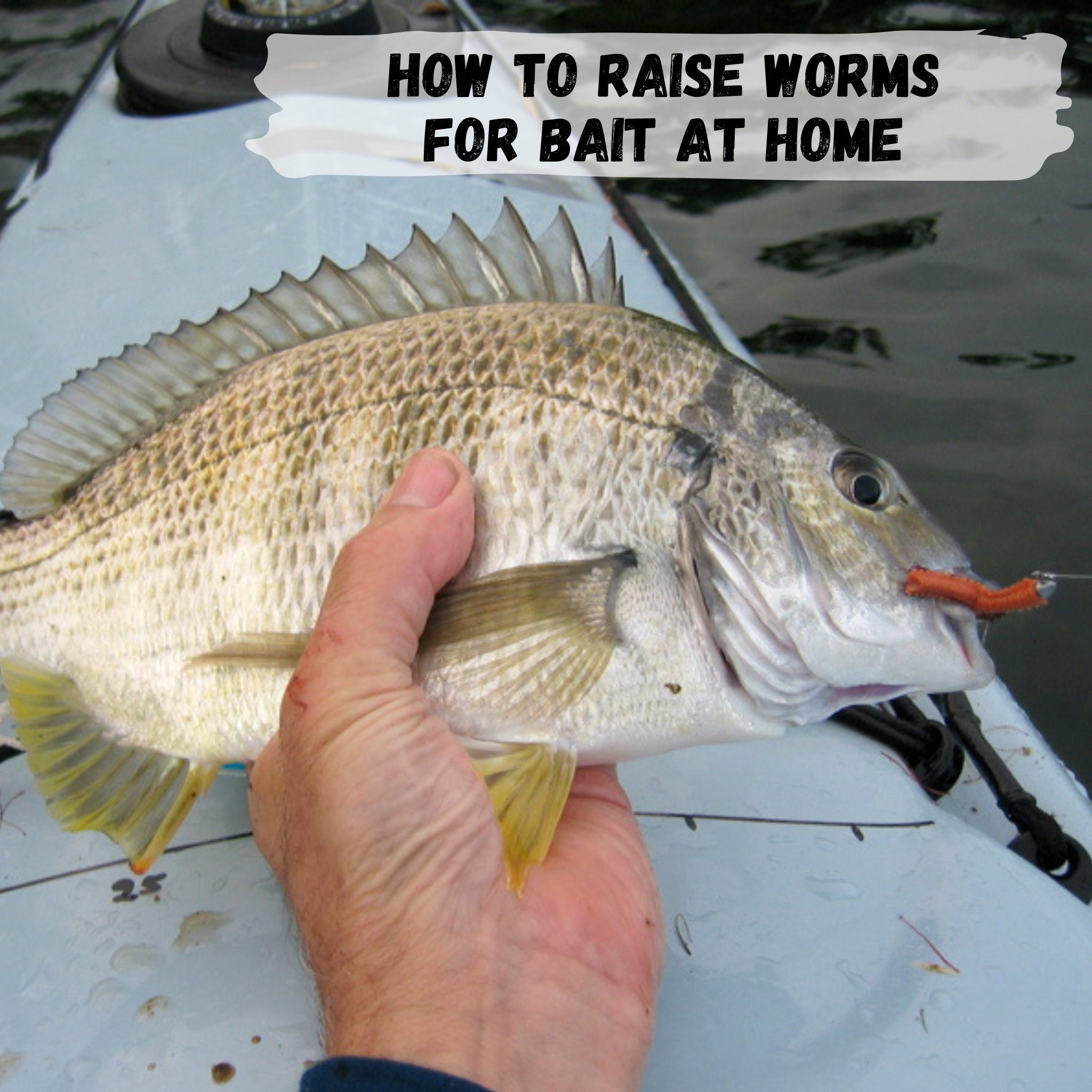Getting The Where To Find Red Wigglers To Work
Getting The Where To Find Red Wigglers To Work
Blog Article
Everything about Where To Find Red Wigglers
Table of ContentsThe Basic Principles Of Where To Find Red Wigglers Where To Find Red Wigglers for DummiesUnknown Facts About Where To Find Red WigglersThe smart Trick of Where To Find Red Wigglers That Nobody is DiscussingWhere To Find Red Wigglers - QuestionsWhat Does Where To Find Red Wigglers Mean?Where To Find Red Wigglers Fundamentals Explained
If you have a tough time situating them, try using a shovel to dig right into the ground and break the wet dirt with your hands to discover them (Where To Find Red Wigglers). Soak your yard or lawn with water and look for your worms once it obtains dark.Raise it using take advantage of and search for your worms inside the opening. Do not forget to look under rocks, blocks, timber, and various other objects you may discover on the ground, as that's where worms typically stay.
Once you catch numerous worms, you will wish to dip your fingers into sawdust to dry them and improve your following grip. Keep in mind that you should not remove way too many worms from one location as this can negatively impact that setting. Place your worms into their container and store them in the refrigerator.
You can likewise utilize a pitchfork to tempt worms above the ground. Additionally called a worm grunting stick, this standard method includes sticking the pitchfork right into the ground and after that rubbing it with a piece of steel or wood. The resonances that are developed resemble the audio of a mole, which causes the worms to surface.
Some Known Details About Where To Find Red Wigglers
For lasting worm storage space, we suggest building a committed worm farm. Hopefully, you uncovered a number of ways to catch your worms the following time you need them after closing hours or when you're feeling as well careless to get in the cars and truck and drive a number of miles to the nearest worm dealership!
This overview will certainly introduce you to the red wiggler to consist of a much deeper on dive on the species and info on breeding, life cycle, and recreation. We'll discuss exactly how to keep red wigglers and why they ought to be the best worm for most composters. The red wiggler (binomial name: eisenia fetida) is the globe's most typical composting worm.
A study recommends that the two can create hybrid spawn, a phenomenon which needs to otherwise be thought about difficult between the majority of worm species. Fun fact: The "fetid" component of the binomial name refers to what some state is a foul-smelling secretion the red wiggler utilizes to ward off killers. I've been dealing with them for years and never ever saw this! The makeup of a red wiggler resembles that of other usual earthworms; a long-segmented body starts at the sharp head and ends at a slightly-flatted tail.
The digestive system system is straightforward, beginning at the mouth where the worm starts to consume its food prior to passing it on the throat. The vocal cords is a muscle area which imitates a pump to draw food into the mouth before pumping it out into the esophagus. The esophagus is narrow and thin-walled and serves as the "waiting room" for the gizzard.
The Definitive Guide for Where To Find Red Wigglers
Note: This need for grinding is why grit is recommended in a worm container. The worm features no indigenous grinding ability so the worm depends on consumed grit to assist grind its food in the gizzard. The stomach is where the initial chemical malfunction of food occurs with the help of a protein-busting enzyme.
The intestinal tract develops the longest component of the worm and is where the bulk of digestion takes place by means of enymatic processes. The spreadings at some point pass via the rectum at the end of the worm as capsules covered with a biologically-rich mucous. (You're not eating I hope.) Red wigglers will certainly link around one another, exchanging sperm via their skin.
Within 42 days, these baby worms will certainly reach sex-related maturation as confirmed by the emergence of the clitellum. A fully grown red wiggler can be expected to live in between one to 3 years (Where To Find Red Wigglers). The mighty red wiggler may sometimes be utilized as a bait worm for smaller fish or as a healthy protein source for chickens and reptiles
And as pointed out over, they are the most usual composting worm in the globe. Instead, a combination of expense, strength, and convenience in a vast range of temperatures makes it the most suitable composting worm for most new vermicomposters.
The smart Trick of Where To Find Red Wigglers That Nobody is Discussing
This is an usual method amongst worm carriers who don't intend to risk having the worms sit in a hot or chilly storage facility over the weekend. Worm cultivators are not saving worms in a circumstance where they prepare to ship. The worms must be harvested from advice their habitat initially, hop over to these guys so farmers will commonly set a Friday or Saturday due date in order to harvest in time for a Monday shipment.
To save on delivery cost, you may desire to see if there are any type of nearby "Mommy and Pop" stores through a Google search.

Not known Details About Where To Find Red Wigglers
For finest outcomes, you desire to strive concerning 60-70% wetness degree. The easiest examination for this is to press a handful as tough as you can. At the perfect wetness levels which is just under 70% that handful ought to barely yield one decrease of fluid. pH in a worm container is quite simple to preserve.
The European Nightcrawler, the larger cousin of the red wiggler, is equally as starved and also makes for a good lure worm. It favors a little bit of a cooler atmosphere than the red wiggler. The African Nightcrawler is a large composting worm and makes a stunning, granular cast.
The Indian Blue is voracious, yet likewise likes a warmer climate and it also exhibits a tendency to run away the container. The red wiggler is a durable worm and isn't as fussy concerning its climate. I like to call it the Ford Taurus of vermicomposting worms; you will not brag to your hardcore composting pals that you possess them, however they will certainly offer you well.
About Where To Find Red Wigglers
As Tap showed, an angler can do a great bargain to make a worm much more attractive.

Early morning is prime feeding time, and the weightless bait's slow-moving descent leaves 5 inches of squirming protein in complete sight for a long time. After you've made the cast, keep the bail open and placed the pole in a forked stick. The line will fall off the rod in sluggish loopholes as the worm resolves, but usually the sluggish loops will certainly end up being a blur, and the early morning will suddenly get rather interesting.
I usually make click use of an entire 'spider, like marabou clothing, and go down the rod for two or three secs when I obtain a hit.
The Ultimate Guide To Where To Find Red Wigglers
And differentiating base from a bite can be tough. The method is to alleviate the rod back to the strike (maybe a foot) and feel for life at the end of the tightening up line. If it's there, established the hook with a sweep instead of a jerk. When in a while you'll discover on your own hooked to those sluggish, hearty pulls, and feel the weight of a wonderful walleye.
Report this page